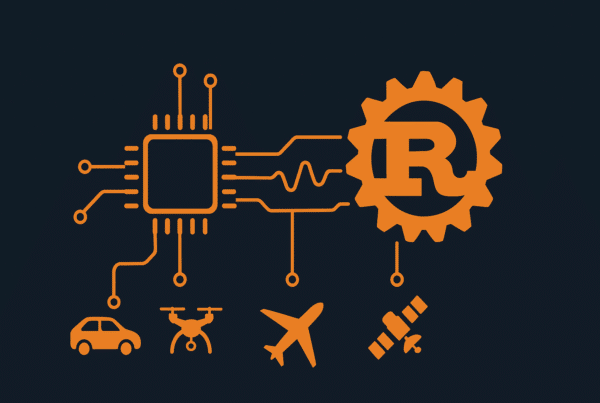Embedded Linux vs RTOS in Automotive Development
In automotive development, the choice of operating system (OS) plays a critical role in determining the performance, safety, and scalability of vehicle systems. Two popular choices are Embedded Linux and Real-Time Operating Systems (RTOS). Both have unique advantages, and understanding their differences is essential for choosing the right OS for specific automotive applications.
Embedded Linux in Automotive Development
Embedded Linux is an open-source OS widely used in automotive systems due to its flexibility, scalability, and strong community support. It’s ideal for non-time-critical applications such as infotainment systems, telematics, and connected vehicle platforms.
- Advantages:
- Cost-effective: Being open-source, it’s free to use and offers reduced licensing fees.
- Scalability: Linux can handle complex systems, from simple control units to sophisticated autonomous driving algorithms.
- Flexibility: Customizable to meet specific needs, with a wealth of pre-built tools and software frameworks available.
- Support for Advanced Technologies: Linux excels in handling high-level applications like multimedia, machine learning, and connectivity.
However, Linux is not typically optimized for real-time applications, which can be a limitation for time-sensitive tasks like safety-critical vehicle control.
RTOS in Automotive Development
A Real-Time Operating System (RTOS) is designed for applications that require precise timing and guaranteed response times, making it ideal for safety-critical systems like engine control, braking, and other safety systems in vehicles.
- Advantages:
- Real-time Performance: RTOS ensures deterministic behavior with predictable latency, essential for tasks where timing is critical.
- Low Resource Overhead: RTOS is lightweight and optimized for resource-constrained environments, making it ideal for embedded systems with limited resources.
- Predictability: Provides guaranteed response times, making it highly reliable for applications where failure is not an option.
However, RTOS can lack the scalability and flexibility of Linux when it comes to handling complex or high-level applications, such as infotainment systems or AI-driven features.
Which to Choose?
- Use Embedded Linux for applications requiring high-level processing, multimedia, and connectivity, such as infotainment systems, advanced driver-assistance systems (ADAS), and vehicle-to-everything (V2X) communication.
- Use RTOS for safety-critical, real-time applications, where guaranteed timing and reliability are crucial, like engine management, braking, and airbag control.
In many modern vehicles, both systems are used together: Embedded Linux for non-critical systems and RTOS for safety-critical applications, ensuring the vehicle can balance advanced functionality with real-time reliability.
Conclusion
Both Embedded Linux and RTOS offer distinct advantages in automotive development. The choice between them depends on the specific needs of the application—whether you need high-level processing and flexibility (Linux) or guaranteed real-time performance and reliability (RTOS).
Looking to grow your team with Embedded Experts or looking for a new opportunity? Contact kris@akkar.com







